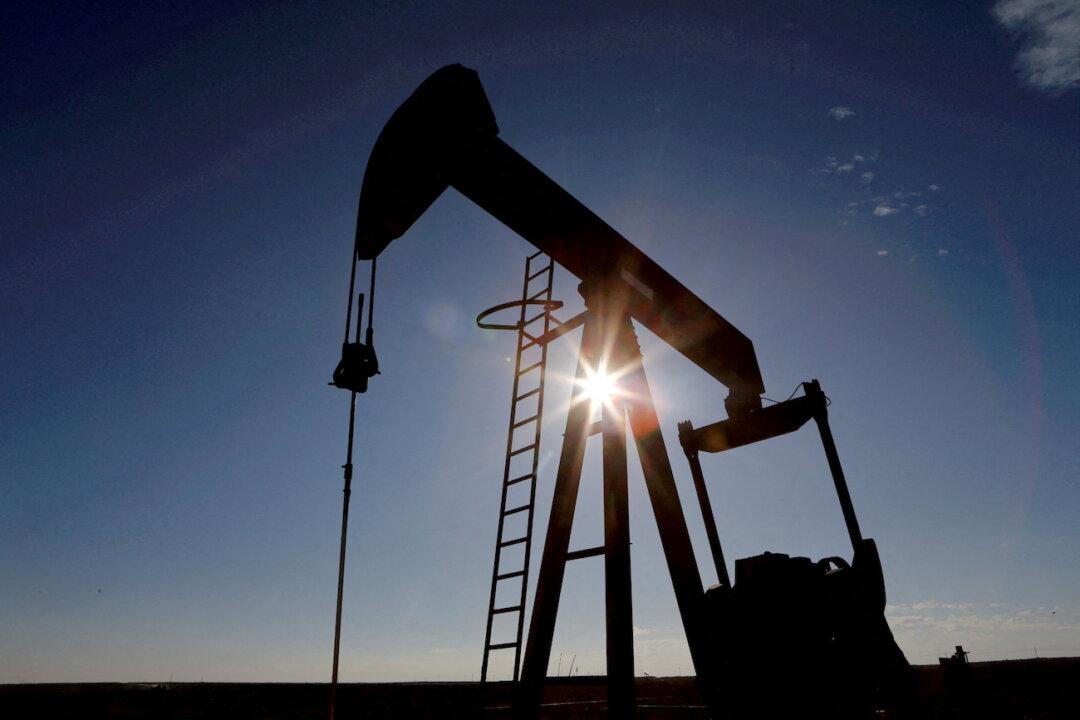Global energy markets are monitoring the potential conflict at the Ukraine–Russia border as crude oil and natural gas prices rallied on Jan. 26.
Investors are observing possible supply disruptions in Russia and threats to the United Arab Emirates’ energy infrastructure following missile attacks by Yemen’s Houthi rebels. These developments have provided an immense appetite for bulls in the oil and gas market, even as volatility seeps into the broader equities arena.





